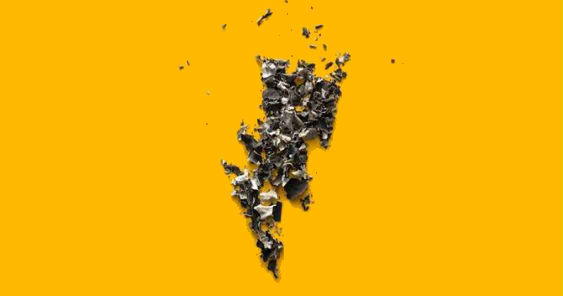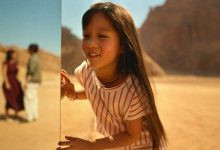AKLAN – Kidlat Awards has announced this year’s first batch of finalists for Kidlat Craft.
The 14-hour judging session for Kidlat Craft concluded last week. The jury was headed by former adman and now film industry veteran Lilit Reyes and was joined by Edsel Tolentino, Creative Partner at Loudbox Studios, Stephen Ngo, Director at Film Pabrika, Chino Jayme, Creative Director at TBWA\SMP, Evans Sator, Creative Engineer at IXM, Kat Limchoc, Executive Creative Director at Blackpencil, Javey Villones, Creative Director at J. Walter Thompson Manila, and Deng Tee, Head of Art at Ace Saatchi & Saatchi.
Here are the finalists:

The finalists for Film, Audio, Press, Outdoor, Digital, Integrated, Design, Media, Direct, Data and other categories will be announced on Wednesday, March 29 while the winners will be revealed during the awards ceremony on Friday, March 31.








